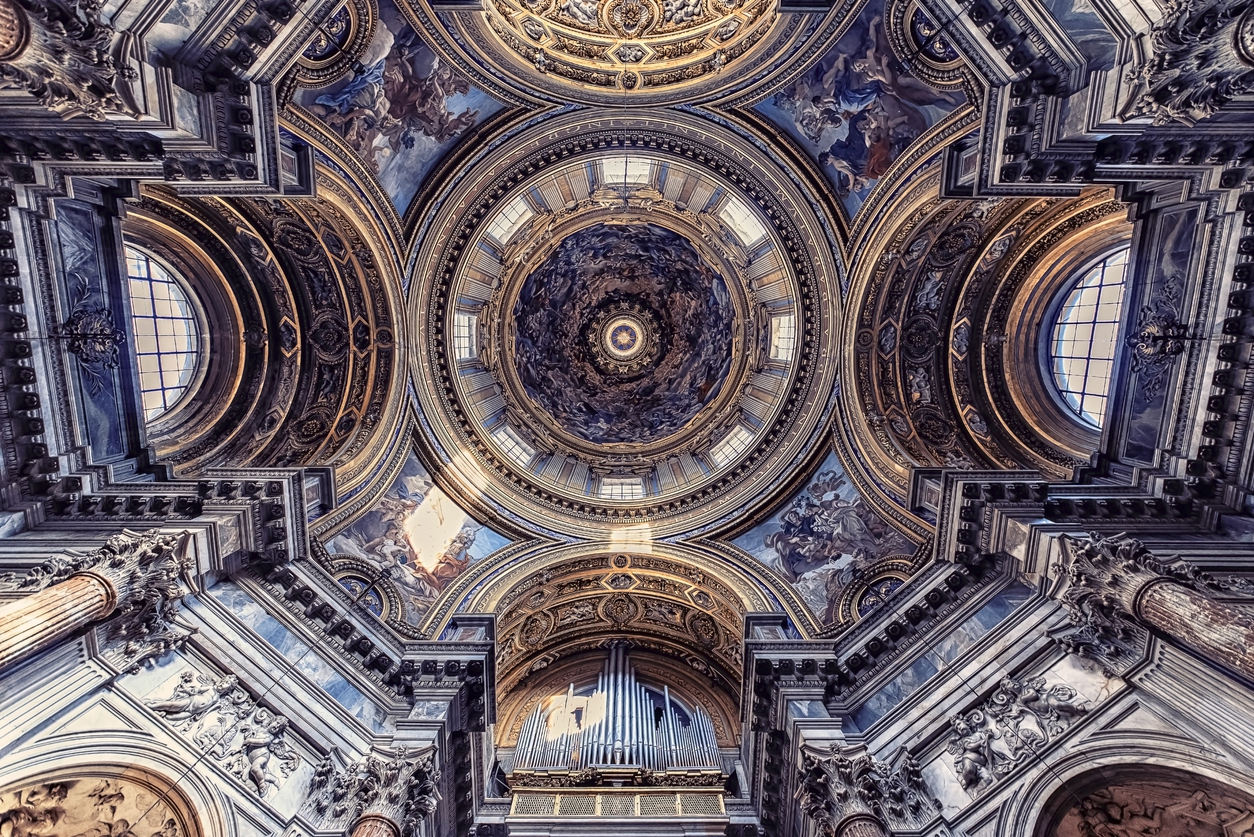I have recently been thinking about the saints I have known. Among them are those you might not even recognize, let alone acclaim. For me, they are more than just heroes. A star baseball player might be a hero, but that wouldn’t qualify him as a saint. Neither are saints just particularly powerful individuals. Your average corporate CEO might get things done, but that is not necessarily a qualification for sainthood. He or she might be a saint or might be a scoundrel.
I have also been recalling my years at the University Church in Chicago. The church was housed in a great stone building. This gothic “moot hall” was a copy of European structures built not as churches but as assembly halls designed for the discussion of civic concerns. The Chicago church building was originally devoid of all religious symbols except for the carved face of the devil that observed what was going on from his perch high on the back wall. The great vaulted ceiling was adorned with images of the shields of the roundtable’s knights.
High on the walls, there were the niches normally found in Gothic cathedrals. There were two high up on each wall. Where the statues of saints were usually enshrined, these niches were placed. One might find stone images of the apostles or of Moses, Elijah and David.
It was several months into my pastorate before I took a hard look at the clerestories just below the ceiling, and realized that these niches were empty! There were no saints occupying the places that had been reserved for them. Other than their decorative value, what purpose did they serve? To solve that mystery I engaged in a bit of research.
The church had been built in the early 1940s. Every part of the design was guided by Edward Scribner Ames, who was in the midst of a forty-year pastorate. When I arrived in 1967 there was still a core of old-timers who remembered the days of the construction. Dr. Ames insisted that built into it were to be these strange empty shrines.
Finally one of the grand old leaders of the congregation told me the story that lay behind the empty niches. It seems that Dr. Ames believed that while the historic saints were important, more important were those each person honored and that each person had the duty to put mental images of these hallowed persons in the shrines usually reserved for the historic saints.
From then on, every time I entered the nave of the church, particularly at the beginning of the Sunday services, I would first look at the laughing devil high on the back wall and then at the niches I would fill that day with my saints. There they were: my mother and father, Annetta Diekmann, Mary Herrick, Edith Green, J.E. Pruitt, Ivan Dugan, T.J. Liggett, Martin Luther King Jr., Franklin and Eleanor Roosevelt, Oscar Romero, Gustavo Guitierrez. The roster might change week by week on the basis of what was going on in the world or in my life, but for me, these shrines were never vacant.
I might live authentically without heroes, but not without saints. So I knew when in moments of distress or jubilation I called on them, I would be surrounded by the great cloud of witnesses who day after day cheered me on my journey.
My guess is that every reader of this column has somewhere above your heads empty niches waiting for you to fill them with your personal saints. Stop for a moment. Call their names, visualize what they looked like, and reverently place them in the sacred shrines that surround your life.









